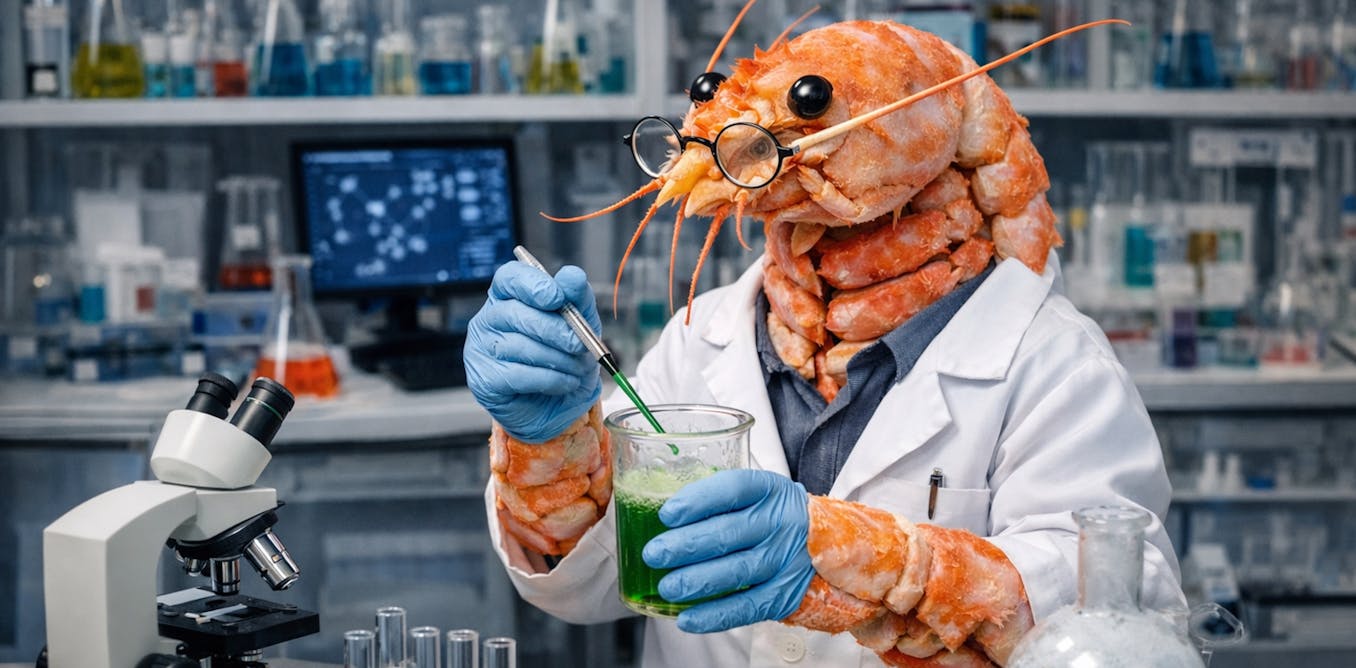What if you traveled to a planet covered in hot ice? Imagine a planet with temperatures over 500 degrees Celsius, yet it has a surface made of hot ice. This planet, Gliese A 436 B, is one of the most mysterious and unique planets in the universe. It orbits its star in just two and a half days and has a thick outer layer comprised of hydrogen and helium gas. Beyond the gas atmosphere, you’ll find a surface covered in hot ice, a material that has crystallized due to the immense pressure of the planet.
Despite its intriguing characteristics, traveling to this planet would be extremely dangerous. Its extreme heat and pressure would instantly burn your spaceship and spacesuit. The high pressure of the planet’s atmosphere would also crush you, making it impossible to walk on the surface. In short, there’s absolutely no way to survive on a planet like this.
While Gliese A 436 B is an interesting case study, it’s safe to say that there are better exoplanets to explore. Perhaps we should focus on discovering exoplanets that are more conducive to life and space exploration. If you want to explore more intriguing questions like these, consider checking out the What If YouTube channel for more thought-provoking content.
Watch the video by What If
Video Transcript
This is one of the strangest planets in our universe. Nicknamed the Burning Ball of Ice, this exo planet can reach temperatures of over 500 degrees Celsius. But the strangest part. It has hot ice on its surface. Today we’ll travel to this exoplanet and find out why it’s so mysterious.
How is something like this even possible? Could we travel to it one day? And how dangerous is it? This is what if. And here’s what would happen if you traveled to the hot ice planet. Okay, before we attempt to land on this actual planet,
First we’ll need to figure out how to get there. Time to hop into your futuristic spaceship and travel 30 light years away to the constellation Leo. It’s one of the largest constellations in our galaxy, and it’s comprised of nine main stars, one of them being Liza for 36.
It’s a red dwarf star, meaning it’s smaller and relatively cooler than our sun. Now, look around this star, and you’ll notice a planet just 4 million kilometers away. For reference, Earth is almost 150 kilometers away from the sun. This is Glisan 436 B, an exoplanet about the size of Neptune
With a mass that’s 22 times more than Earth. Scientists discovered this planet back in 2004 and have been perplexed by it ever since. That’s because it has some incredibly strange characteristics. Let’s fly over and take a closer look. First, you might notice that this planet is moving incredibly fast.
It orbits its star in just two and a half days. Remember, we orbit the sun in 365 days. Now, please, Lisa. 436 B Sun is doing a lot of the heavy lifting to dictate how this actual planet behaves. One of the things it does is give Gliese A 430 6ba comet like tail.
This tail is made up mostly of hydrogen gas and it’s moving away from the planet due to the close proximity to its star. Yeah, the extreme heat is forcing Lisa 436 B’s atmosphere to expand and escape. The tail is comprised of heat, radiation
And high speed particles that are being sent off the planet. So while we’re trying to get close to Gliese at 436 B, it’s best if you avoid the tail. If you do fly into it, your spaceship would likely melt and be chipped away by the debris.
We make a ton of videos here at WHAT IF, and we’re always looking for new tools to make them better. One of these tools we’ve been messing around with is from the sponsor of today’s video, InVideo AI. Let me show you how it works.
Once you enter the site you’re met with a prompt box. Here you can type in whatever you want, but the more detailed, the better. I’m going to stay with our space theme and go with: “Create a 1-minute YouTube video about exploring the planet Mercury. Make it funny and interesting.”
Then you choose your audience, the platform, and the look and feel. And in just a couple minutes – you get a generated video. If you’re not happy with it, just create a new version, or make tweaks to the media or the script to get exactly what you want.
You can even change the voice of the video. Then, once you like what you see, export and upload your video. You can get started with InVideo AI for free.
It gives you access to millions of videos, voice overs and music. And if you want to get really serious, there’s a paid option as well – without watermarks.
Normally, producing something like this would cost you thousands of dollars but InVideo AI has plans starting at just $20 a month. Check them out in the description. Okay, that’s enough lurking. It’s time to land on Gliese A4 36 B and see what it’s really like.
As you approach this new alien world, you’ll realize it’s unlike any other planet you’ve seen. It’s got a thick outer layer comprised of hydrogen and helium gas. That’s strange for a couple of reasons. But first, you feel that temperature as you continue to explore this planet, you’ll notice it
Getting incredibly hot since it’s so close to its sun. Lisa 436 B can reach temperatures of over 500 degrees Celsius. Normally this would melt your spaceship and everything in it. Yeah, including you. But assume that we’ve given you the proper equipment to withstand this extreme heat and to continue exploring
As you fly around the planet’s atmosphere. You’d be perplexed. Your sensors are reading hydrogen and helium as the only two elements to compose the atmosphere at temperatures this high, it’s expected that methane would be part of the atmosphere. If we look at other planets in the solar system
That are comprised of a lot of gas. Methane is typically a key ingredient, but that’s the thing. Lisa 436 B isn’t a gas giant. The further you get past its gas atmosphere, you find something that looks like a planet’s surface. But this surface is unlike anything you’ve ever seen or even heard of.
From up here, you’ll notice that the surface of Lisa 436 B appears to be icy like it’s white and crystallized similar to ice you might find on Earth. Except there’s a significant difference. Remember, it’s extremely hot on this planet. How is this possible? On earth?
Water freezes at zero degrees Celsius, but in space, things aren’t that simple and are also a lot weirder. Water molecules can freeze for several reasons, including pressure. And it just so happens that Lisa 436 B has a ton of that since this exoplanet is the size of Neptune. It has significant mass.
This creates a strong gravitational pull, and strong gravity means strong atmospheric pressure. And this immense amount of pressure can cause the water on the planet to crystallize, creating what is essentially hot ice. The water can’t become a liquid or a gas due to the high pressure,
So you’re left with an ice like surface. All right. Now it’s time to land. Once you reach the surface, you’ll feel an incredible amount of heat. You felt some of it as you descended. Except now it’ll be even worse. Now you have to deal with this super hot ice.
This material could be hundreds of degrees and burn your spacesuit instantly. Yeah, and I haven’t even mentioned the pressure. Well, I have, but I haven’t mentioned that the pressure that made the ice would also have a severe impact on you, too. You wouldn’t be able to walk and you’d instantly be crushed
By the planets. Immense atmospheric force. And there’s a cherry on top. Your spaceship would be destroyed. There’s absolutely no way you’d be able to survive on a planet like this. So there are definitely better exoplanets to check out then. Gliese A 436 B
Maybe we should try to discover one that’s even better than Earth. Boy, that sounds like a story for another. What if.
Video “What If You Traveled to a Planet Covered in Hot Ice?” was uploaded on 02/17/2024 to Youtube Channel What If
























